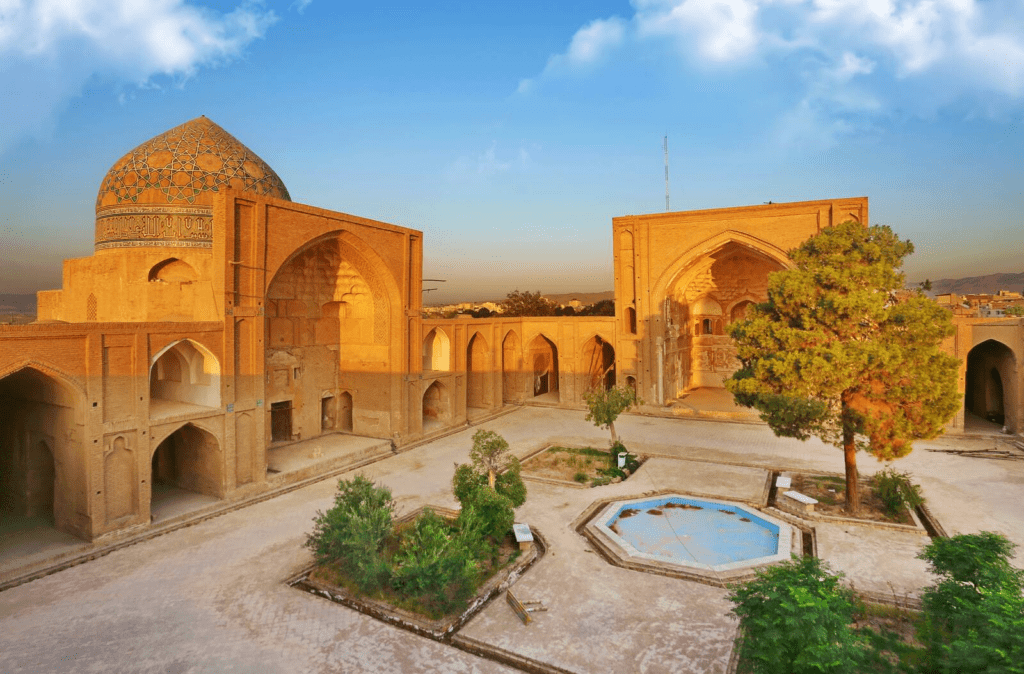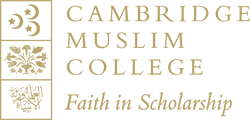In this seminar, Dr Mariam Sheibani (Cambridge Muslim College Associate Academic Director and Head of Research) analyses the historical, theological, and legal developments of the Shāfiʿī school in the intellectual centers of Iraq and Khurasan during the fourth/tenth and fifth/eleventh centuries. In her presentation, she reconstructs how, in this period, the Shāfiʿī madhhab, which is often depicted as a homogeneous and undifferentiated scholarly community, was shaped and developed by two distinct interpretative communities (ṭarīqas): one in Iraq, centered on Baghdad, and the other in the great cities of Khurasan. The Iraqi community was characterised by an ahl al-ḥadīth or transmission-based approach to legal discourse, while the Khurasani community was distinguished by an analytical and exploratory approach, one highly influenced by the theological doctrines and rational methods of Ashʿarism, the Sunnī theological school named after its founder Abū al-Ḥasan al-Ashʿarī (d. 234/936).
Factors Shaping the Iraqi and Khurasani Shāfiʿī Communities

As Dr Sheibani explains, the birth and subsequent evolution of the two Shāfiʿī communities was shaped by three main factors. First, geographical migrations and relocations, which led to a scholastic cross-fertilisation of the madhhab’s teachings. Second, once settled, the school’s authoritative masters were able to develop their distinctive interpretative circles – initially referred to as ‘companions’ (aṣḥāb) – and, subsequently, identified by their unique methodology and communal identity (ṭarīqa).
The legal conclusions proposed by each community were heavily influenced by their scholastic surroundings: the Iraqis in conversation with the Ḥanbalīs’ text-based method, on the one hand, and the Khurasanis with the Ḥanafīs’ reason-based approach, on the other. Finally, the eastward shift of Shāfiʿism to Khurasan coincided with the adoption of an Ashʿari-oriented or theologically inflected jurisprudence (uṣūl al-fiqh) promoting an analytical and synthetical approach centered on rational investigation.
The Damascene Renaissance
Due to geo-political events, the two ṭariqās slowly retracted. The Mongol invasions, inter-school rivalries and western migrations all led to a political, cultural, and intellectual shift in the fifth/eleventh century towards Damascus, the emerging Ayyubid capital. In their new oasis, Shāfiʿī jurists did not seek to establish a novel ṭarīqa but, instead, were able to fuse the two traditions into a unified Shāfiʿī doctrine based upon the transmissions (isnāds) upheld by prominent scholars such as Abū ʿAmr ibn al-Ṣalāḥ (d. 643/1245), al-Nawawī (d. 676/1277) and Ibn ʿAbd al-Salām (d. 660/1262). Dr Sheibani reconstructs this shift in Islamic intellectual history in her forthcoming monograph, Islamic Legal Philosophy: ʿIzz al-Dīn b. ʿAbd al-Salām and the Ethical Turn in Medieval Islamic Law.
Dr Sheibani has thus demonstrated that the Shāfiʿī schools in Iraq and Khurasan took distinct interpretative paths that varied in the relative emphasis they placed on rational methods versus transmission in jurisprudential matters. Despite these divergences, the period of the two ṭarīqas in Shāfiʿī legal school history was a crucial stage in the madhhab’s development, and intellectual inheritance of this period shaped the subsequent trajectories of Shāfiʿism in Ayyubid Damascus and Mamluk Egypt. The detailed study will be published in the Oxford Journal of Law and Religion in 2024.
The seminar concluded with an interesting discussion on how the interlocutors of the Iraqis and Khurasanis respectively contributed to the trajectory of the two ṭarīqas; the disputations (munāẓārat) between members of each community; and the wider geo-scholastic regions of Ashʿarī thought, such as among the Mālikīs in North Africa.
For more information about the Cambridge Muslim College Research Seminar, see here.

